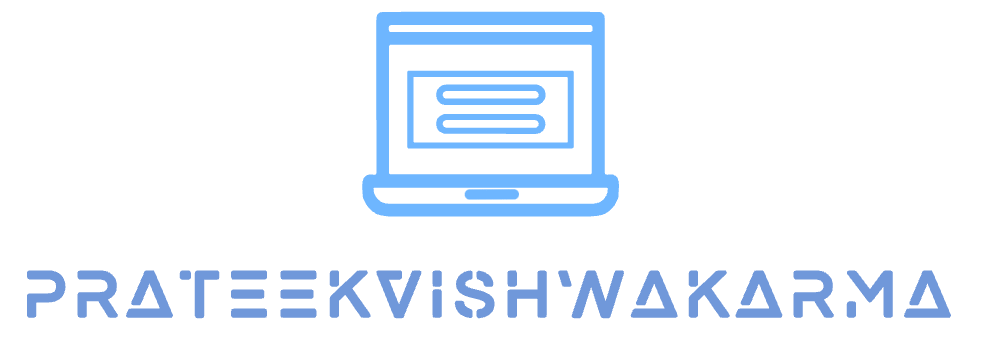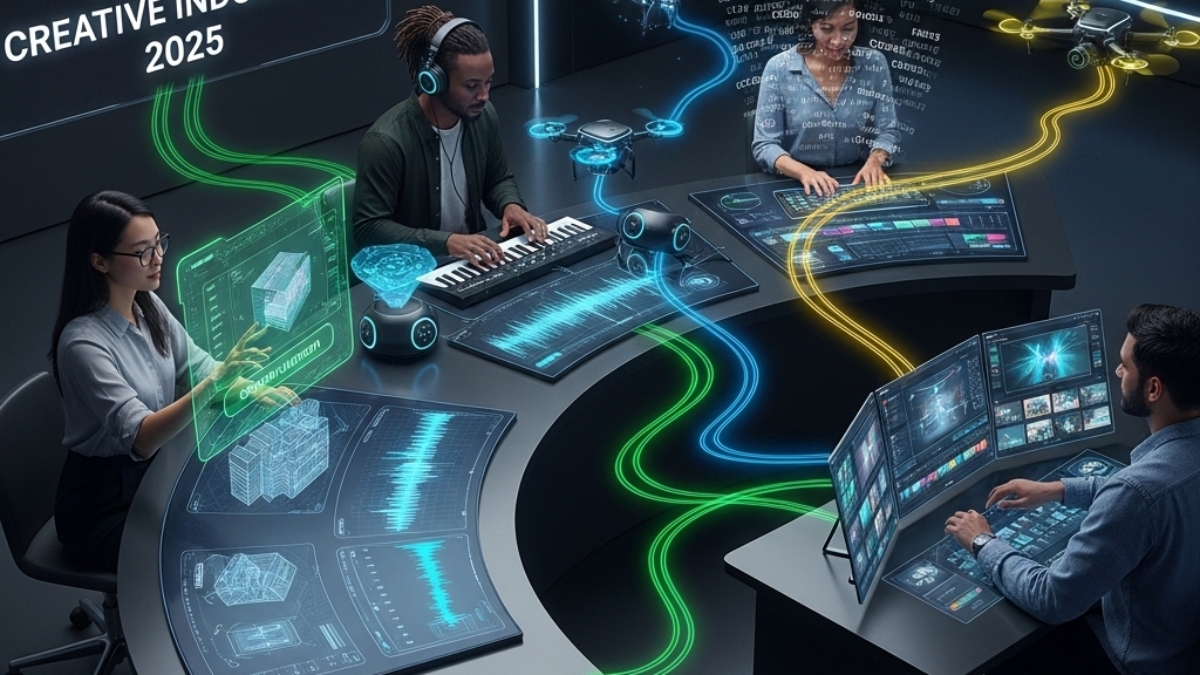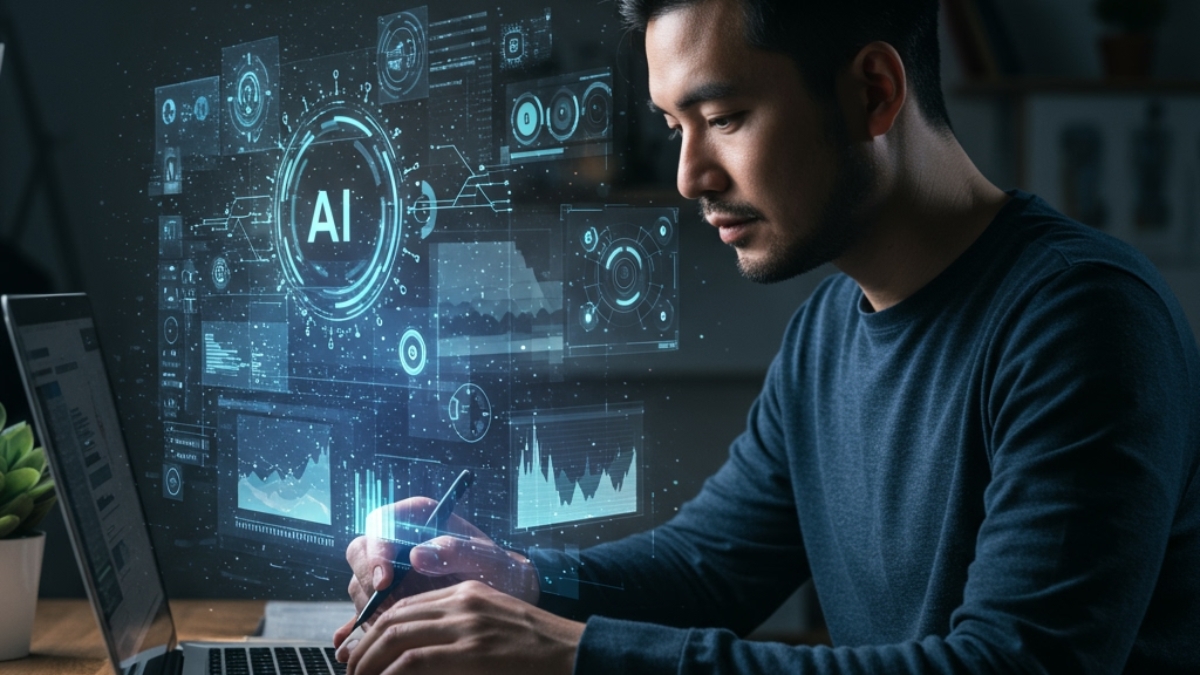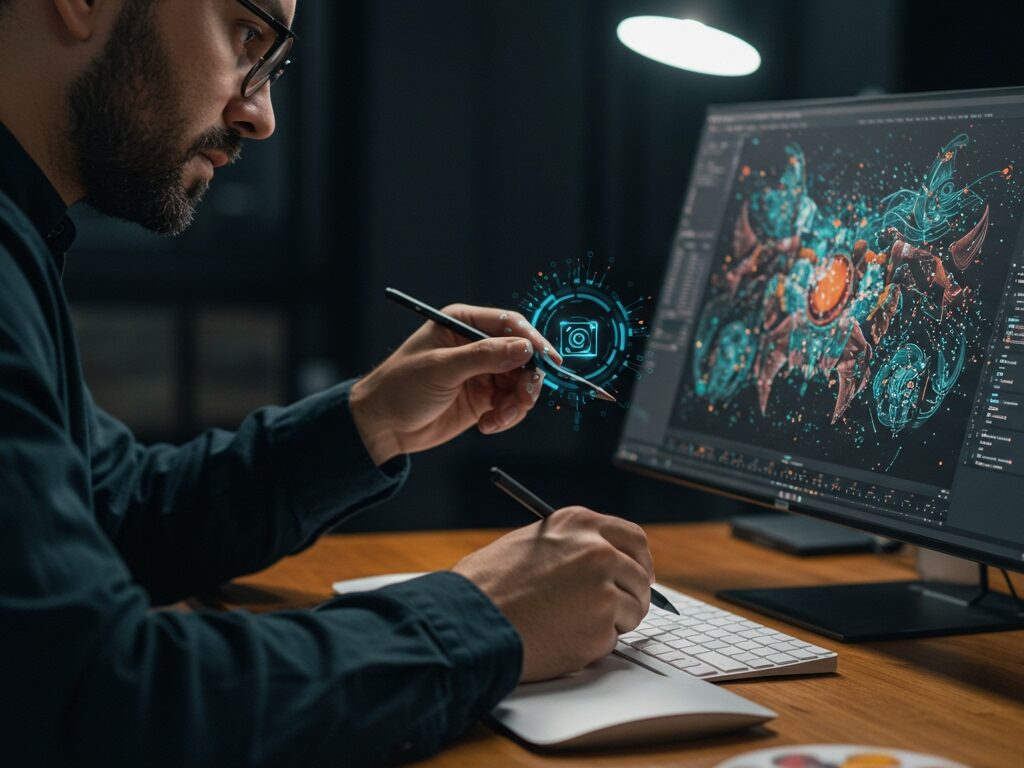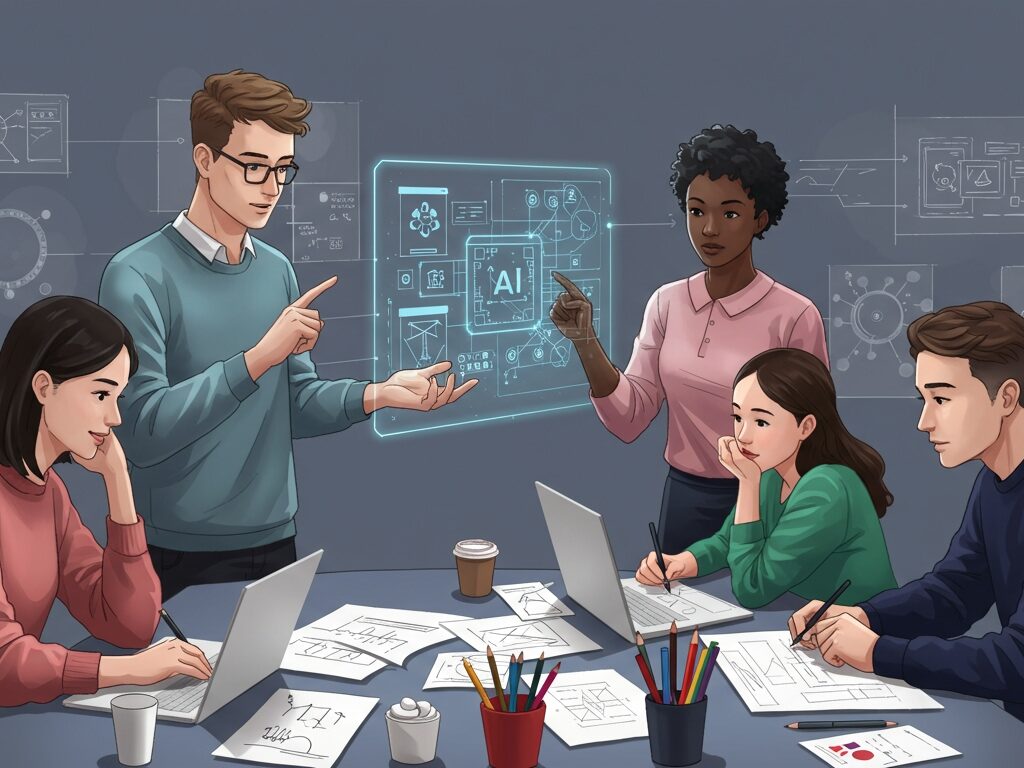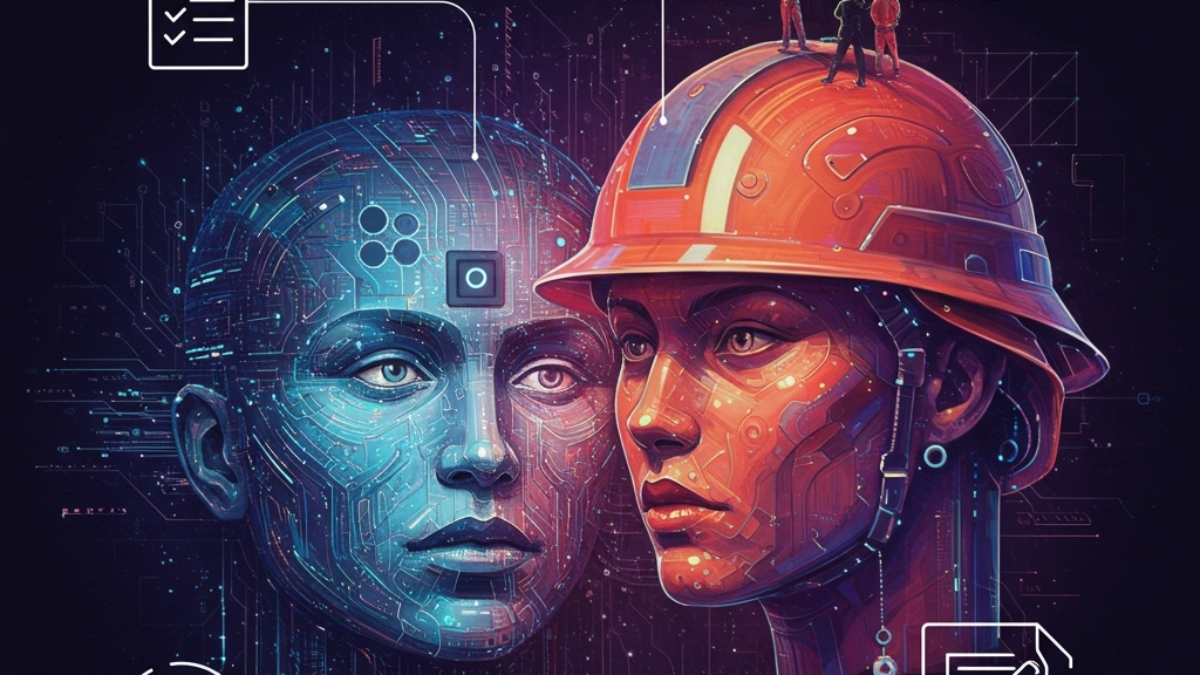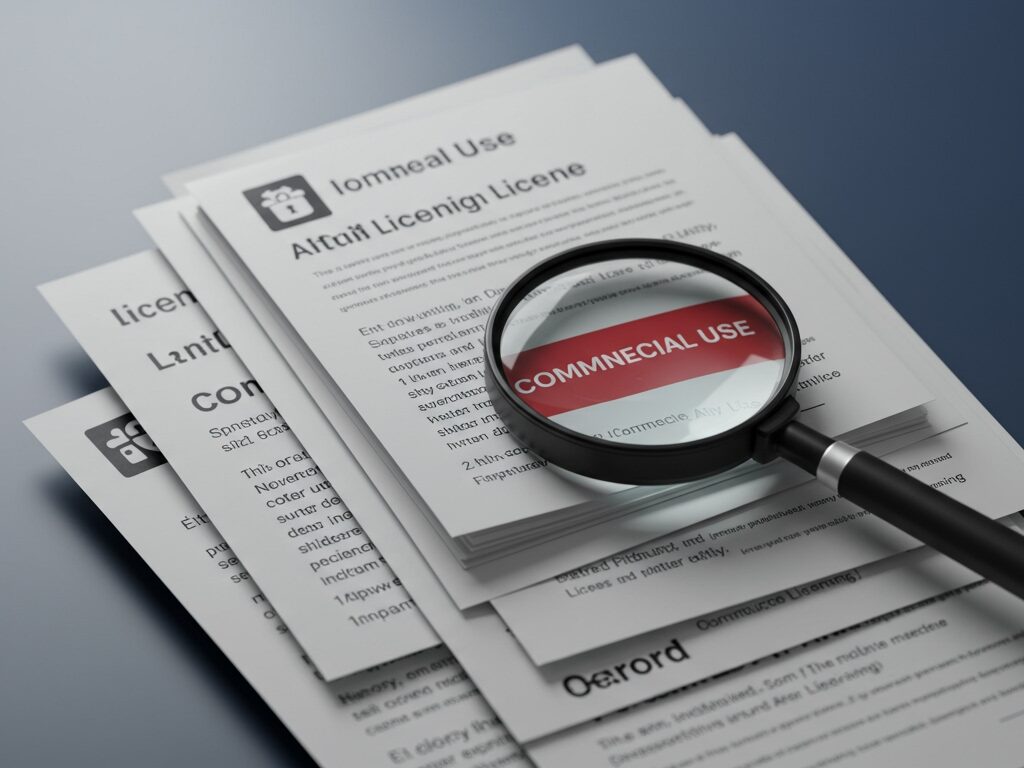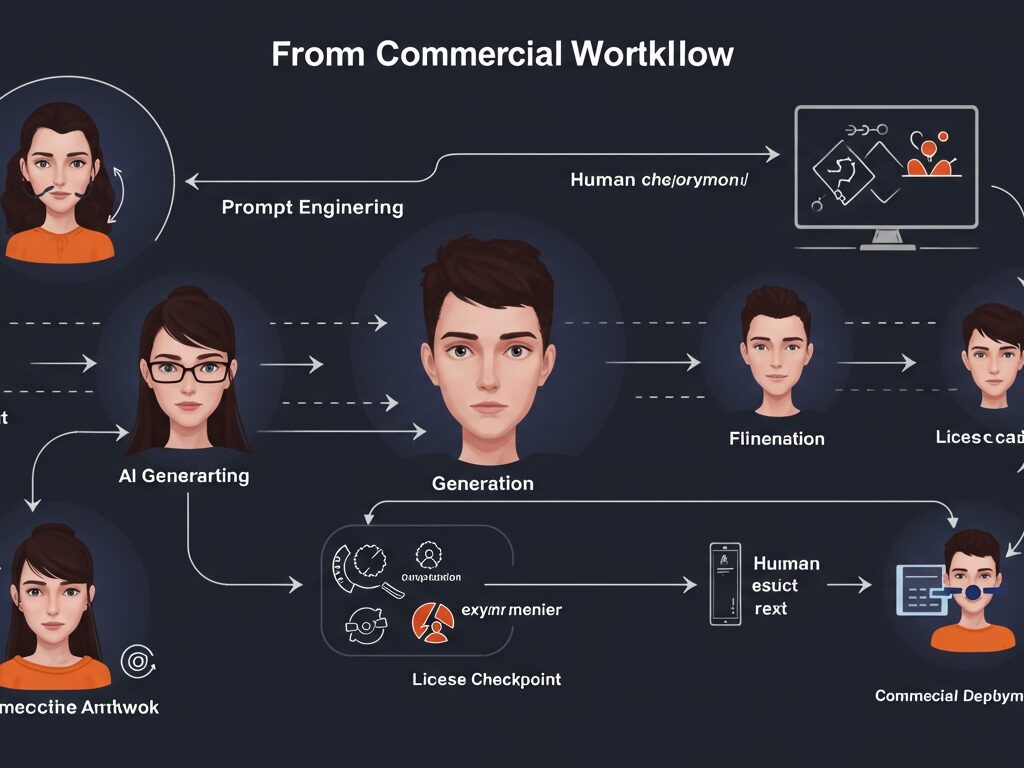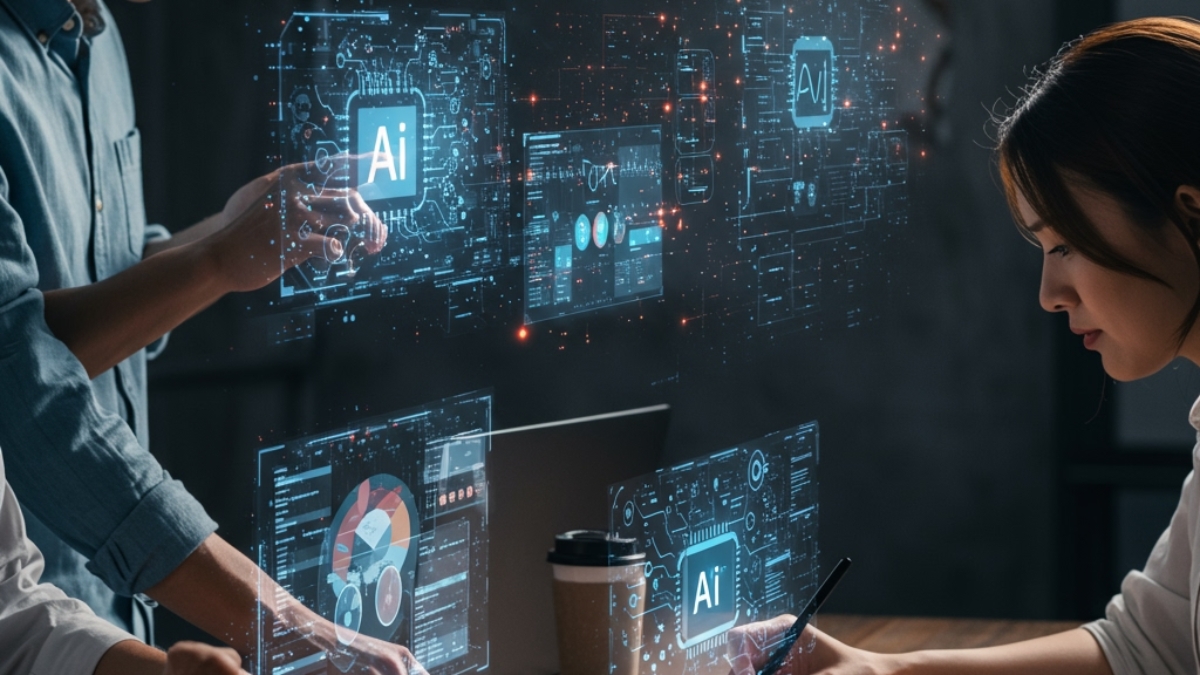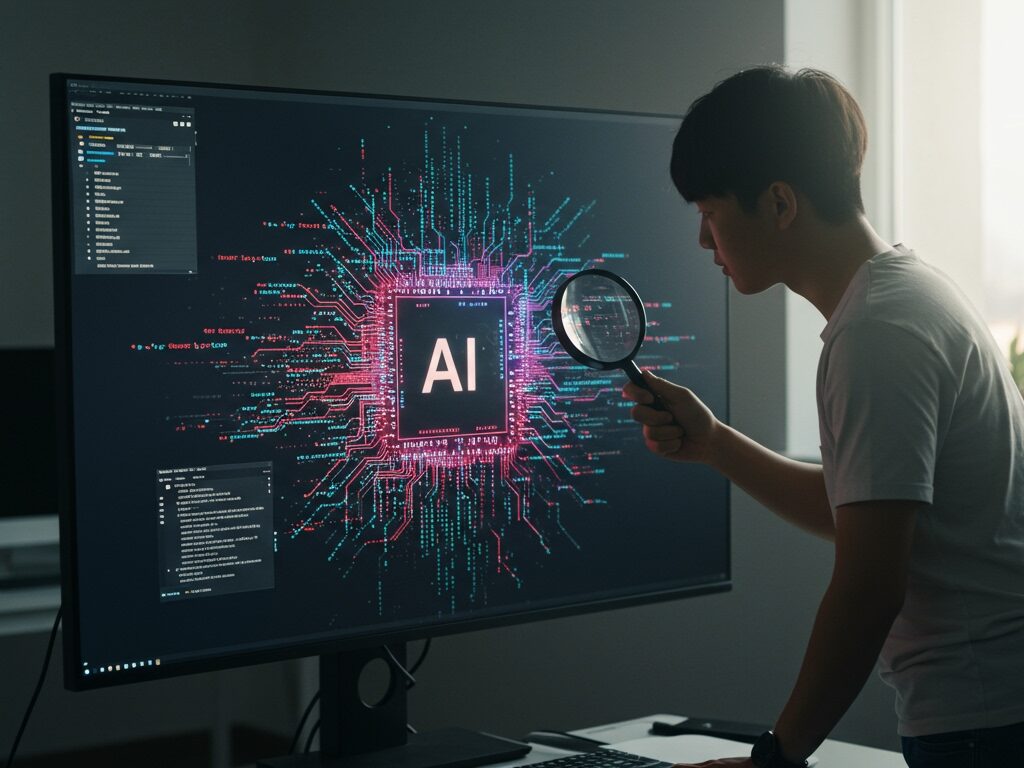In today’s fast-paced digital landscape, small businesses often find themselves at a disadvantage when competing with larger enterprises. Limited budgets, time constraints, and a smaller workforce can make it challenging to produce high-quality marketing content, engage with customers effectively, and stay ahead of trends. However, a powerful new ally has emerged: Generative AI. This cutting-edge technology is no longer just for tech giants; it’s becoming an accessible and indispensable tool for small businesses looking to level up their marketing game.
Generative AI, capable of creating new content—from text and images to code and music—is fundamentally transforming how marketing operates. For small businesses, this means the ability to automate mundane tasks, personalize customer interactions on a grand scale, and generate creative assets with unprecedented speed and efficiency. Imagine crafting compelling blog posts in minutes, designing stunning ad visuals without a dedicated graphic designer, or personalizing email campaigns for thousands of customers with ease. This isn’t science fiction; it’s the reality Generative AI offers today.
This article will delve into how generative AI is empowering small businesses, exploring its practical applications, highlighting essential tools, and providing a step-by-step guide to integrate it into your marketing strategy. We’ll also address the challenges and ethical considerations, ensuring you can harness this technology responsibly and effectively to achieve sustainable growth.
What is Generative AI and Why Should Small Businesses Care?
At its core, Generative AI refers to artificial intelligence systems that can produce novel outputs based on the data they were trained on. Unlike traditional AI that might analyze data or automate predefined tasks, generative models create. Think of large language models (LLMs) like GPT-4 that can write human-like text, or image generators like Midjourney and DALL-E that can conjure visuals from simple text prompts. These capabilities are a game-changer for businesses with limited resources.
Beyond Basic Automation: A New Era
While automation has been a buzzword for years, Generative AI takes it to a new level. It’s not just about scheduling social media posts or sending automated emails; it’s about generating the *content* for those posts and emails. This means marketers can shift their focus from repetitive content creation to strategic planning, creative oversight, and deeper customer engagement. For a small business owner wearing many hats, this can free up invaluable time.
Key Benefits for Resource-Constrained Businesses
The advantages for small businesses are numerous and impactful:
- Cost Efficiency: Reduce reliance on expensive external agencies or in-house specialists for content creation, graphic design, and copywriting.
- Time Savings: Accelerate content production cycles, allowing for more frequent and consistent communication with your audience.
- Scalability: Easily scale your marketing efforts without proportionally increasing staffing or budget.
- Enhanced Creativity: Generate new ideas, variations, and creative concepts that might otherwise be overlooked.
- Personalization at Scale: Tailor messages and offers to individual customer segments, improving engagement and conversion rates.
- Data-Driven Insights: Leverage AI to analyze market trends and customer data, informing more effective marketing strategies.
Practical Applications of Generative AI in Small Business Marketing
The versatility of generative AI allows for its application across various marketing functions. Here’s how small businesses can put it to work:
Content Creation: From Blog Posts to Social Media Copy
This is perhaps the most immediate and impactful application. Generative AI can assist in:
- Blog Posts & Articles: Generate outlines, draft entire sections, or even full articles based on a chosen topic and keywords. You can then refine and add your unique insights.
- Social Media Updates: Create engaging captions, hashtags, and even image ideas for platforms like Instagram, Facebook, LinkedIn, and Twitter.
- Email Marketing: Draft compelling subject lines, body copy for newsletters, promotional emails, and automated sequences.
- Website Copy: Write product descriptions, landing page content, and ‘About Us’ sections that resonate with your target audience.
Personalized Customer Engagement
Generative AI can power hyper-personalization, making every customer feel uniquely valued:
- Personalized Product Recommendations: Analyze customer behavior to suggest products or services tailored to their preferences.
- Customized Email Campaigns: Generate email content that speaks directly to a customer’s past interactions, purchase history, or expressed interests.
- AI-Powered Chatbots: Develop more sophisticated chatbots that can provide nuanced answers, assist with troubleshooting, and guide customers through sales funnels with human-like conversation.
Data-Driven Insights and Strategy
Beyond content, AI can help small businesses make smarter strategic decisions:
- Market Research: Quickly summarize vast amounts of market data, identify emerging trends, and analyze competitor strategies.
- Audience Segmentation: Use AI to identify and define distinct customer segments based on behavioral and demographic data, allowing for more targeted campaigns.
- Predictive Analytics: Forecast future sales trends, identify potential churn, and optimize advertising spend by predicting campaign performance.
Creative Asset Generation (Images, Videos, Audio)
No graphic designer on staff? No problem. Generative AI tools can create:
- Marketing Visuals: Generate unique images for social media, blog headers, ad campaigns, and website banners based on text prompts.
- Video Scripts & Storyboards: Assist in scripting short promotional videos or even generate basic video clips.
- Voiceovers & Audio: Create natural-sounding voiceovers for videos or podcasts, saving on professional recording costs.
Top Generative AI Tools for Small Businesses
The market is flooded with AI tools, but some stand out for their accessibility and utility for small businesses. Here’s a quick overview:

Free and Budget-Friendly Options
Many tools offer free tiers or affordable plans, making them accessible. ChatGPT (free version), Canva’s AI features, and various open-source image generators can be great starting points. These allow small businesses to experiment and understand the power of AI without significant upfront investment. TechCrunch often highlights new, affordable AI solutions for startups and small businesses, making it a good resource for discovery.
Advanced Features for Growing Businesses
As your business scales, investing in more robust platforms like Jasper for comprehensive content creation or integrating AI directly into your CRM can provide deeper insights and more sophisticated automation. These tools often offer advanced analytics, custom branding, and seamless integrations with your existing marketing stack.
Implementing Generative AI: A Step-by-Step Guide for Small Businesses
Integrating generative AI into your marketing strategy doesn’t have to be daunting. Follow these steps for a smooth transition:
- Define Your Marketing Goals: Before diving into tools, identify specific marketing objectives. Do you want to increase blog traffic, boost social media engagement, or improve email conversion rates? Clear goals will guide your AI tool selection.
- Start Small and Experiment: Don’t try to automate everything at once. Pick one area, like social media content generation or blog post outlines, and experiment with one or two tools. Learn what works best for your brand.
- Choose the Right Tools: Based on your goals and budget, select tools that offer the specific generative AI capabilities you need. Prioritize ease of use and good customer support.
- Integrate Gradually: Begin by using AI to assist human marketers, rather than replacing them entirely. For example, use AI to generate first drafts, then have your team refine and add the human touch.
- Train and Refine: Generative AI performs best with clear, specific prompts. Invest time in learning how to write effective prompts. Provide feedback to the AI and refine outputs to match your brand voice and quality standards.
- Monitor and Optimize: Continuously track the performance of your AI-generated content and campaigns. Use analytics to identify what’s working and what isn’t, and adjust your AI strategy accordingly. MIT’s research on AI optimization can offer deeper insights into this process.
Overcoming Challenges and Ethical Considerations
While generative AI offers immense potential, it’s crucial for small businesses to be aware of and address potential challenges and ethical concerns.
Ensuring Brand Voice Consistency
One of the biggest hurdles is ensuring AI-generated content aligns perfectly with your established brand voice and tone. Without careful prompting and human oversight, AI can produce generic or off-brand content. Develop clear brand guidelines and use them to train your AI tools through specific instructions and examples.
Data Privacy and Security
When using AI tools, especially cloud-based ones, be mindful of the data you input. Ensure that sensitive customer information or proprietary business data is handled securely and in compliance with privacy regulations like GDPR or CCPA. Always read the terms of service of any AI platform you use.
The Human Touch: Balancing AI and Authenticity
Generative AI is a powerful assistant, not a replacement for human creativity and empathy. Small businesses thrive on personal connections. Use AI to augment your human efforts, not to eliminate the authentic interactions that build trust and loyalty. Always review AI outputs, add your unique perspective, and ensure your brand’s personality shines through.
The Future is Now: What’s Next for AI in Small Business Marketing?
The landscape of generative AI is evolving at an incredible pace. For small businesses, this means continuous opportunities to innovate and differentiate. We can expect even more specialized AI tools tailored to specific industries, deeper integration capabilities with existing platforms, and increasingly sophisticated models that understand context and nuance better. The key will be to stay informed, remain adaptable, and embrace lifelong learning to leverage these advancements effectively. [Internal Link: Future of AI Marketing]
Conclusion
Generative AI is no longer a futuristic concept; it’s a present-day reality offering transformative potential for small businesses. By strategically integrating these tools into your marketing efforts, you can overcome common challenges, unlock new levels of creativity, and achieve unprecedented efficiency. From crafting compelling content to personalizing customer experiences, AI empowers small businesses to compete more effectively in a crowded marketplace. Embrace this technology wisely, maintain your authentic brand voice, and prepare to revolutionize your marketing strategy for sustainable growth in the digital age. The journey might seem complex, but with careful planning and a willingness to experiment, generative AI can truly be your small business’s secret weapon.
Frequently Asked Questions
What is the main benefit of generative AI for small businesses?
The main benefit is the ability to produce high-quality, diverse marketing content and personalized customer interactions at scale, significantly reducing costs and time previously spent on these tasks. This allows small businesses to compete more effectively with larger enterprises by maximizing their limited resources.
Can I use generative AI if I have a limited budget?
Absolutely! Many generative AI tools offer free tiers or very affordable subscription plans, making them accessible even for businesses with tight budgets. Tools like ChatGPT (free version), Canva’s AI features, and various open-source platforms are excellent starting points for experimentation.
How do I ensure AI-generated content matches my brand voice?
To maintain brand voice consistency, you need to provide clear and specific prompts to the AI, often including examples of your existing content. Regularly review and refine the AI’s output, editing it to ensure it aligns perfectly with your brand’s tone, style, and messaging. Human oversight is crucial for authenticity.
Is generative AI safe to use for customer data?
When using generative AI, particularly for tasks involving customer data, it’s vital to choose reputable tools and understand their data privacy policies. Avoid inputting sensitive customer information into public or insecure AI models. Always comply with data protection regulations (e.g., GDPR, CCPA) and prioritize tools that offer robust security and privacy features for business use.
